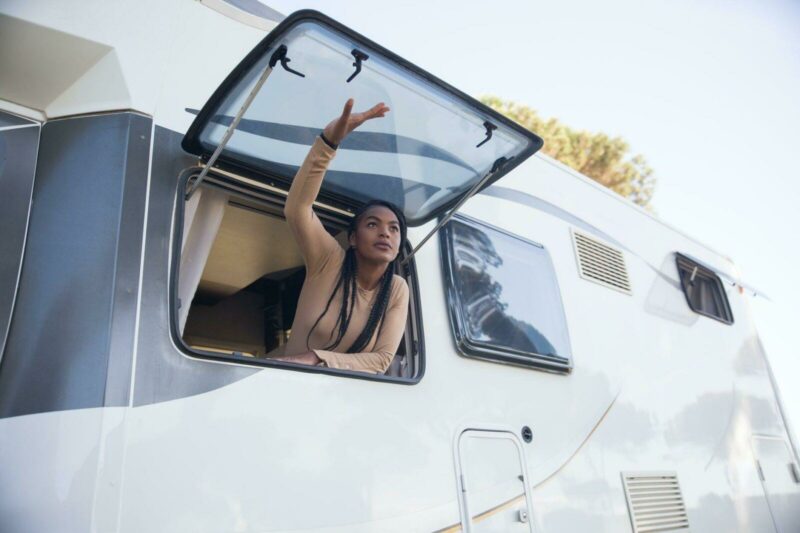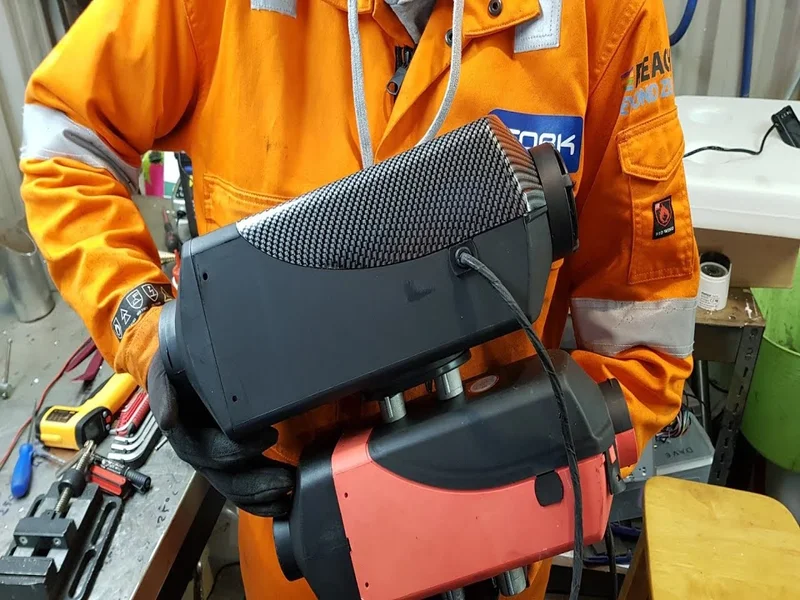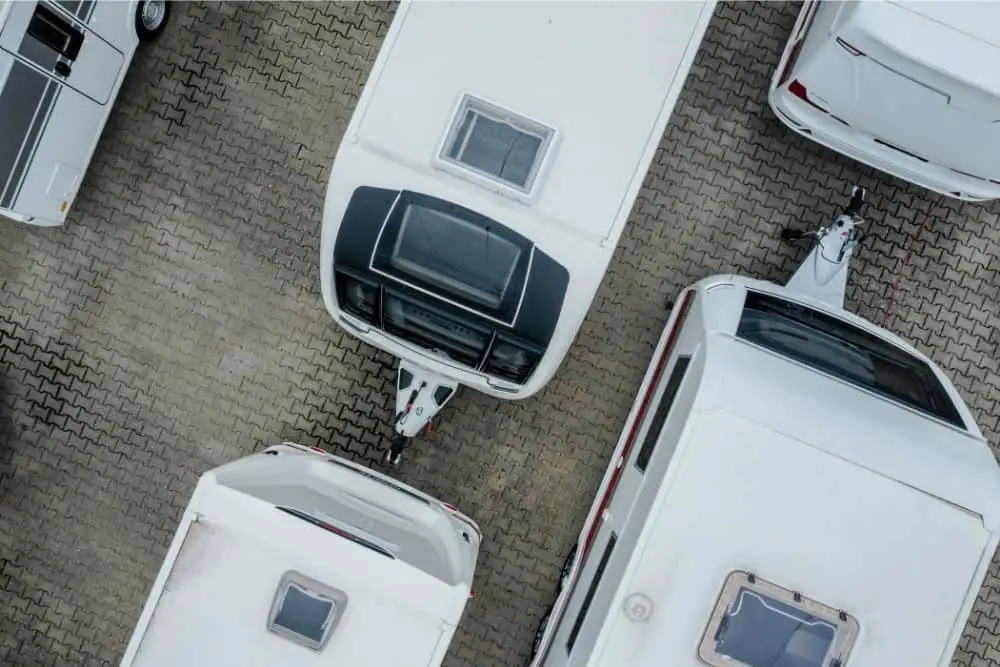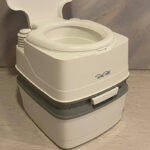Pop-up campers have changed the game for outdoor enthusiasts by offering compact, flexible, and highly portable setups with many amenities of full-size campers. Their design makes them ideal for those wanting a nature getaway without sacrificing comfort.
However, their compact size means limited space for carrying extra gear like kayaks. Fortunately, it’s easier than most people think to safely mount a kayak on top of a pop-up camper. This guide breaks down what you need to know to securely carry your kayak on your camper, covering weight, length considerations, and setup options.
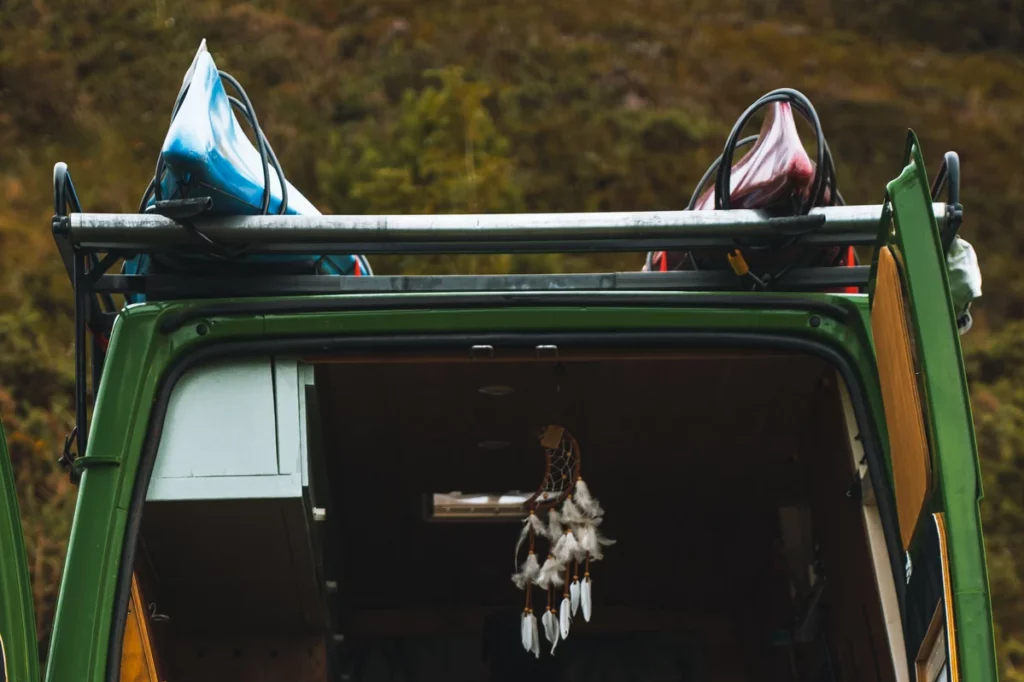
Can You Put a Kayak on a Pop-Up Camper?
Yes, you can securely carry a kayak on top of a pop-up camper, even without a built-in roof rack. While pop-ups aren’t as robust as full-sized campers, they can still handle a properly mounted kayak with the right equipment.
1. Weigh Your Kayak
Start by weighing your kayak to ensure it falls within safe limits for your pop-up camper’s roof. While manufacturers often provide approximate weights, kayaks can vary slightly due to differences in materials. This step helps avoid overloading and ensures stability during travel.
- Typical kayak weights:
- Recreational kayaks: 35-60 lbs
- Sea kayaks: 40-70 lbs
- Tandem kayaks: 60-85 lbs
Knowing the weight is critical if you plan on carrying multiple kayaks or other heavy items. Confirm your kayak’s weight before securing it on the camper.
2. Measure Your Kayak’s Length
Consider your kayak’s length in relation to your pop-up camper. Most recreational kayaks are between 8 and 12 feet, which typically fit well on standard pop-ups. However, larger models like sea or tandem kayaks (often exceeding 12 feet) might overhang and could impact stability.
- Guidelines by kayak type:
- Recreational (8-10 feet): Generally fits securely on top.
- Longer kayaks (12+ feet): May need extra support and careful weight distribution.
Ensure that any overhang doesn’t interfere with your towing setup or obscure the view. A good balance between the kayak’s front and rear positioning on the camper is essential.
3. Does Your Pop-Up Camper Have a Roof Rack?
Most pop-up campers don’t come with pre-installed roof racks, but adding an aftermarket roof rack can be a straightforward solution for securing your kayak. Trusted brands like Yakima and Thule offer durable, lightweight options compatible with many pop-up camper models.
Installing an Aftermarket Roof Rack
- Choose a Compatible Rack: Select a roof rack designed to handle your kayak’s weight, ideally one rated for the load of outdoor equipment.
- Follow Installation Instructions: Use the installation guides or video tutorials provided by the manufacturer. Many brands offer easy-to-follow instructions or videos to simplify setup.
- Test for Security: After installation, apply gentle pressure to ensure the rack is securely fastened. Shake or tug on the rack to confirm it is stable and won’t shift during transit.
For a reliable and permanent kayak mount, investing in a quality roof rack from a trusted brand offers peace of mind on your outdoor trips.
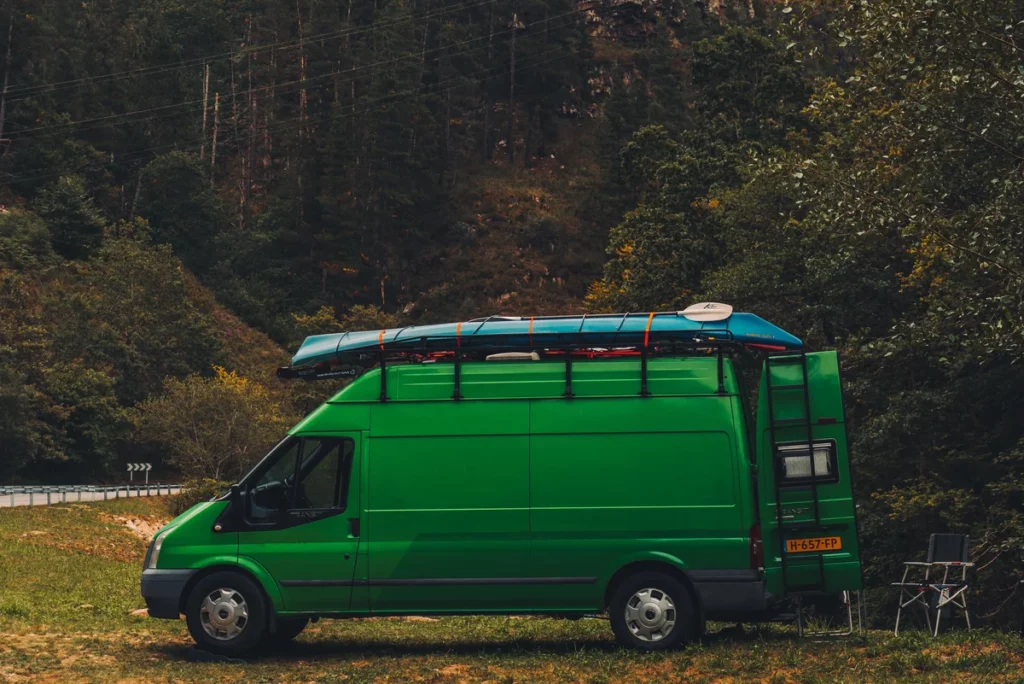
Recommended brands: Yakima, Thule, and Rhino-Rack.
4. Roof Rack Alternatives
If installing a roof rack isn’t ideal, consider temporary solutions like J Hooks and foam blocks to secure your kayak safely.
J Hooks
J Hooks offer a flexible, semi-permanent kayak mounting option. They can often be attached with a bit of DIY effort to suit your pop-up camper.
DIY Steps for J Hooks:
- Secure the Hooks: Attach the J Hooks firmly to the camper, ensuring they won’t shift during transit.
- Test Stability: Place the kayak in the hooks and apply slight pressure to ensure it holds securely.
Foam Blocks
Foam blocks provide a cost-effective and protective method for transporting your kayak. Unlike pool noodles, foam blocks designed for vehicle mounting ensure proper support without damaging your camper roof.
Use Ratchet Straps: Secure the kayak in place by tightening ratchet straps over the foam blocks. Make sure the straps are snug but not so tight as to damage the kayak.
Position Blocks Properly: Place foam blocks at weight-bearing points on the camper roof to evenly distribute the load and prevent shifting.
5. Secure Your Kayak with Ratchet Straps and Bow/Stern Line Tie-Downs
Regardless of your chosen mounting method, ratchet straps and bow/stern line tie-downs are essential for keeping your kayak stable and secure. Look for reliable options designed specifically for kayak transport.
Installation Tips for Extra Security
Double-Check All Tie-Downs: Before setting out, confirm that all straps and lines are tight. Even minor looseness can lead to shifting, so it’s essential to ensure everything is fully secure.
Use Ratchet Straps: Place straps over the kayak and tighten them securely, but avoid overtightening to prevent damaging the kayak hull.
Bow and Stern Lines: Attach bow and stern lines to secure anchor points on your camper, which prevents the kayak from swaying, especially in high winds or at highway speeds.
Quick Safety Tips Checklist
Before setting out with your kayak on top of your pop-up camper, ensure the following safety checks:
- Double-Check All Straps and Tie-Downs: Confirm that ratchet straps, bow lines, and stern lines are secure with no slack.
- Inspect Weight Limits: Verify that your camper roof can handle the combined weight of your kayak(s) and any other loaded gear.
- Distribute Weight Evenly: Balance the kayak(s) front-to-back and side-to-side to prevent tipping or shifting.
- Verify Towing Capacity: If towing, check that the kayak’s added weight doesn’t exceed your vehicle’s towing limits.
- Check Weather Conditions: High winds or extreme weather can impact kayak stability. Plan accordingly.
- Perform a Final Walk-Around: Inspect all attachment points and straps before departure.
Additional Tips for Safe Kayak Transport on Pop-Up Campers
- Watch for Weather: High winds can impact kayak stability on a pop-up camper. Plan accordingly, and double-check all tie-downs before travel.
- Check Towing Limits: If you’re towing another vehicle, ensure the added kayak weight doesn’t exceed your vehicle’s towing capacity.
- Pre-Trip Inspection: Walk around your setup and ensure everything is tightly secured before each trip. Safety is key!
With the right setup, transporting your kayak on a pop-up camper can be both secure and hassle-free. Follow these steps, and enjoy a safe adventure!




